Scientist-led conferences at Harvard, Stanford and MIT
-
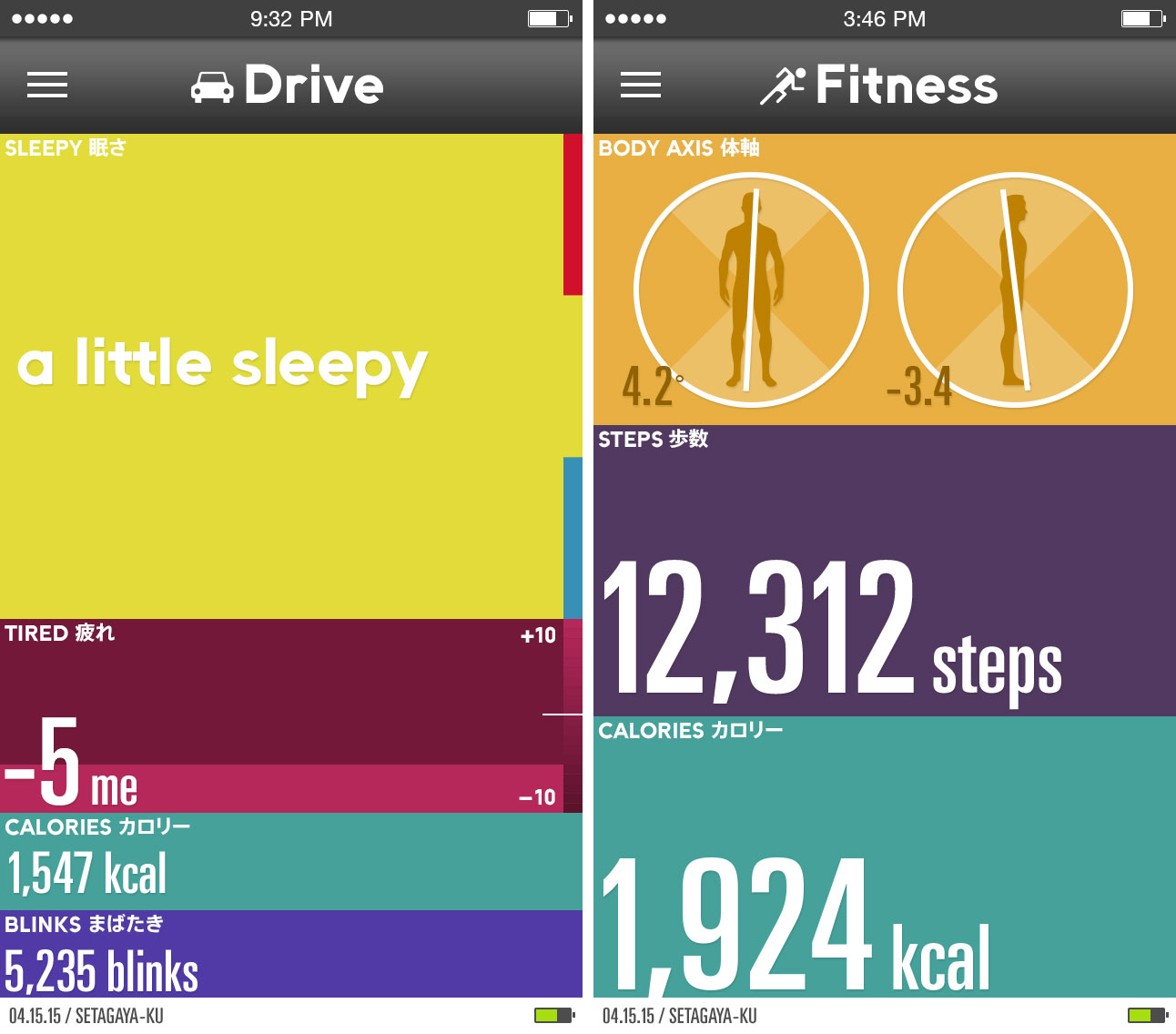
Smart glasses track fatigue
JINS MEME glasses track the correlation between eye strain and fatigue, and send mental and physical tiredness data to a user’s smartphone. The glasses monitor a user’s eye movements and gaze. They contain small metallic electrooculography sensors in the parts of the frame that touch the bridge of the nose and ears, determining the electrical potential of…
-
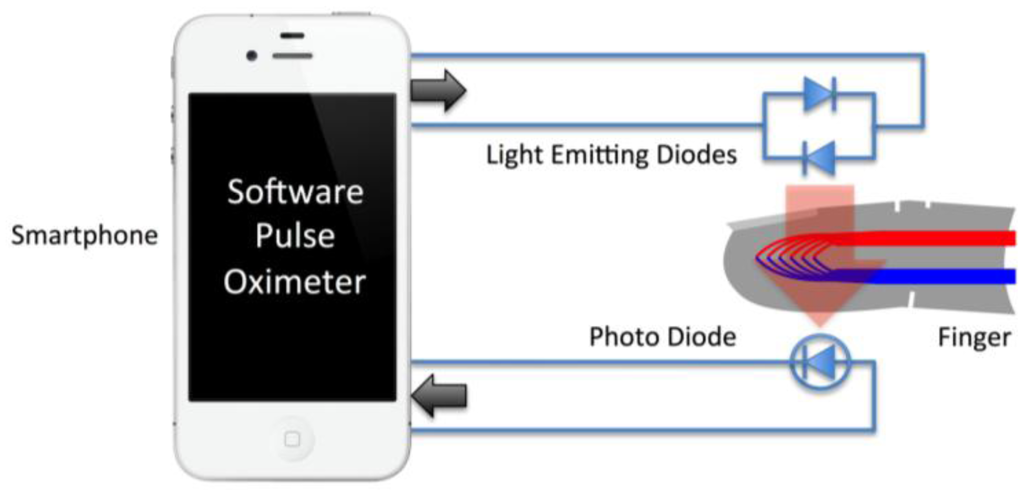
Phone pulse oximeter detects preeclampsia, pneumonia
Christian Petersen and colleagues at the University of British Columbia have developed a low cost smartphone pulse oximeter. Its light sensor attaches to a user’s fingertip to measure blood oxygen levels. Software analyzes and simply displays the data on a phone, tablet or computer. The phone oximeter can measure heart and respiration rates, and be used…
-

Human body simulation for health research
The Virtual Physiological Human project is a computer simulated replica of the human body that is being created to test drugs and treatments. It will allow physicians to model the mechanical, physical and biochemical functions of the body as a single complex system rather than as a collection of organs. The goal is to offer personalized treatment…
-
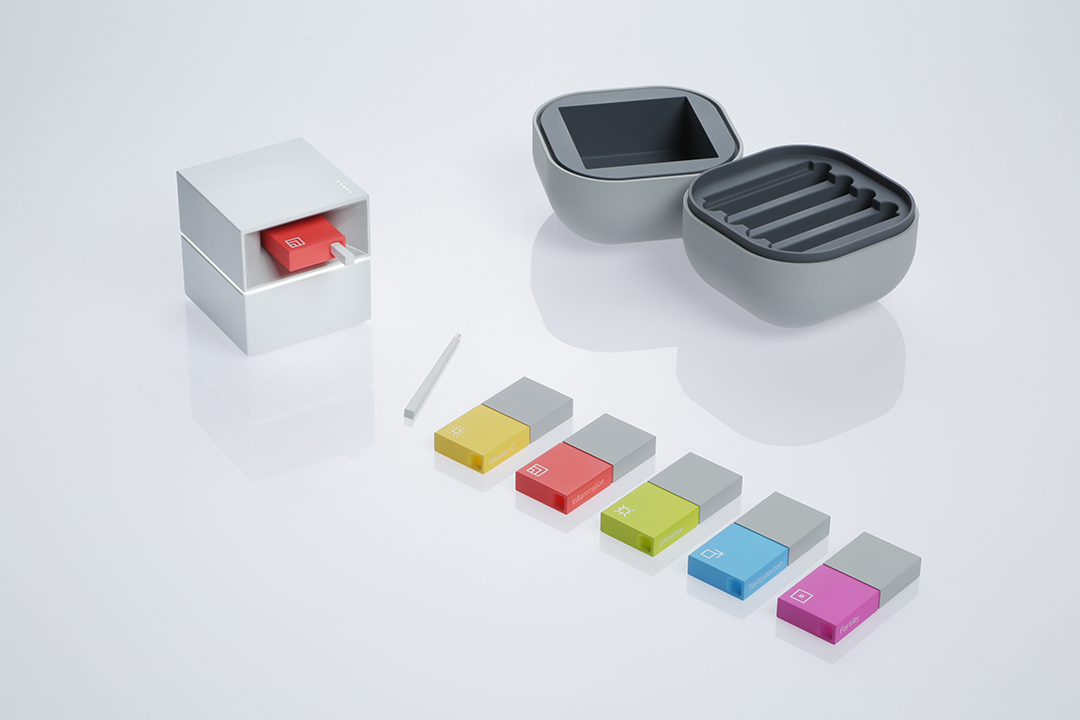
Measuring body chemistry at home
Cue is a health tracker that measures inflammation, vitamin D levels, fertility, influenza, and testosterone. Its creators claim to bring tests that were previously only available in the lab into the home. The system sends customized alerts with suggestions on how to improve one’s health. . A droplet of saliva, blood, or a nasal swab…
-

Study: Antidepressant may slow Alzheimer’s progression
In a potential breakthrough, a study published yesterday in Science Translational Medicine shows the SSRI Celexa driving down beta amyloid production in both mice and humans. The lead author is Professor Yvette Sheline from Washington University in St. Louis. Citalopram was found to reduce the concentration of beta-amyloid in the cerebrospinal fluid in non-Alzheimer’s patients by 38%. Researchers…
-
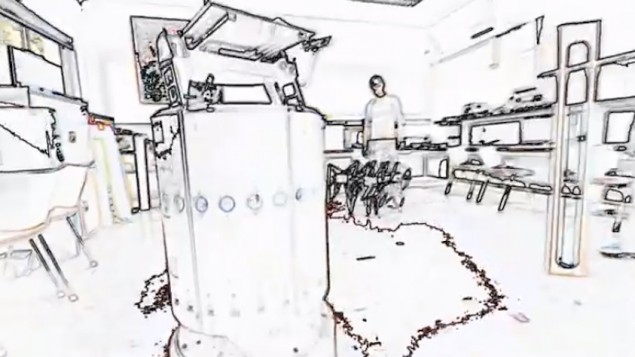
Kinect/Android system guides the visually impaired
Students at the Technion – Israel Institute of Technology have created a system for the visually impaired that detects obstacles and uses audio messages and signals to alert users before a collision.The “seeing app,” developed by Tzahi Simkin, Gal Dalal and Danny Zilber, uses a Kinect 3D camera, a computer and an Android phone for audio interaction. They…
-
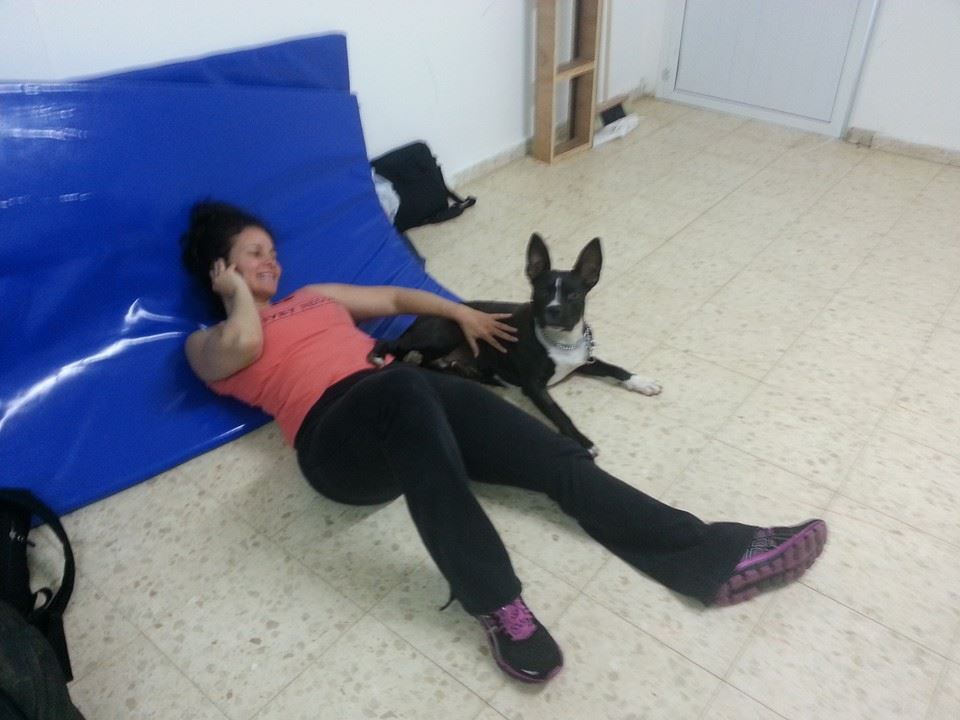
Wearable data integration quantifies self and dog
As more wearable devices integrate data, Jawbone and Whistle have partnered to combine self fitness tracking with a dog’s activity. The results are presented together in one graph. Through the Jawbone UP app, users can see resting, walking, playing, running, or swimming time with their dogs on their activity stream. Whistle uses a three-axis accelerometer…
-
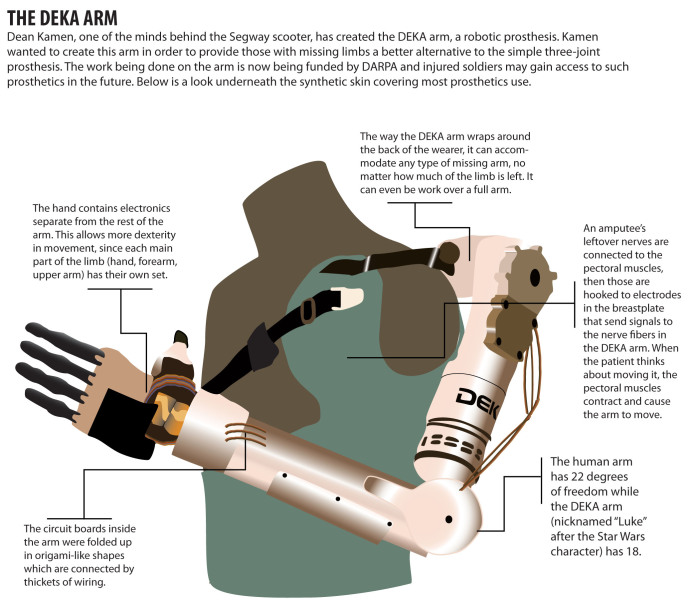
Prosthetic arm moves after muscle contraction detected
DEKA is a robotic, prosthetic arm that will allow amputees to perform complex movements and tasks. It has just received FDA approval. Electrodes attached to the arm detect muscle contractions close to the prosthesis, and a computer translates them into movement. Six “grip patterns” allow wearers to drink a cup of water, hold a cordless…
-
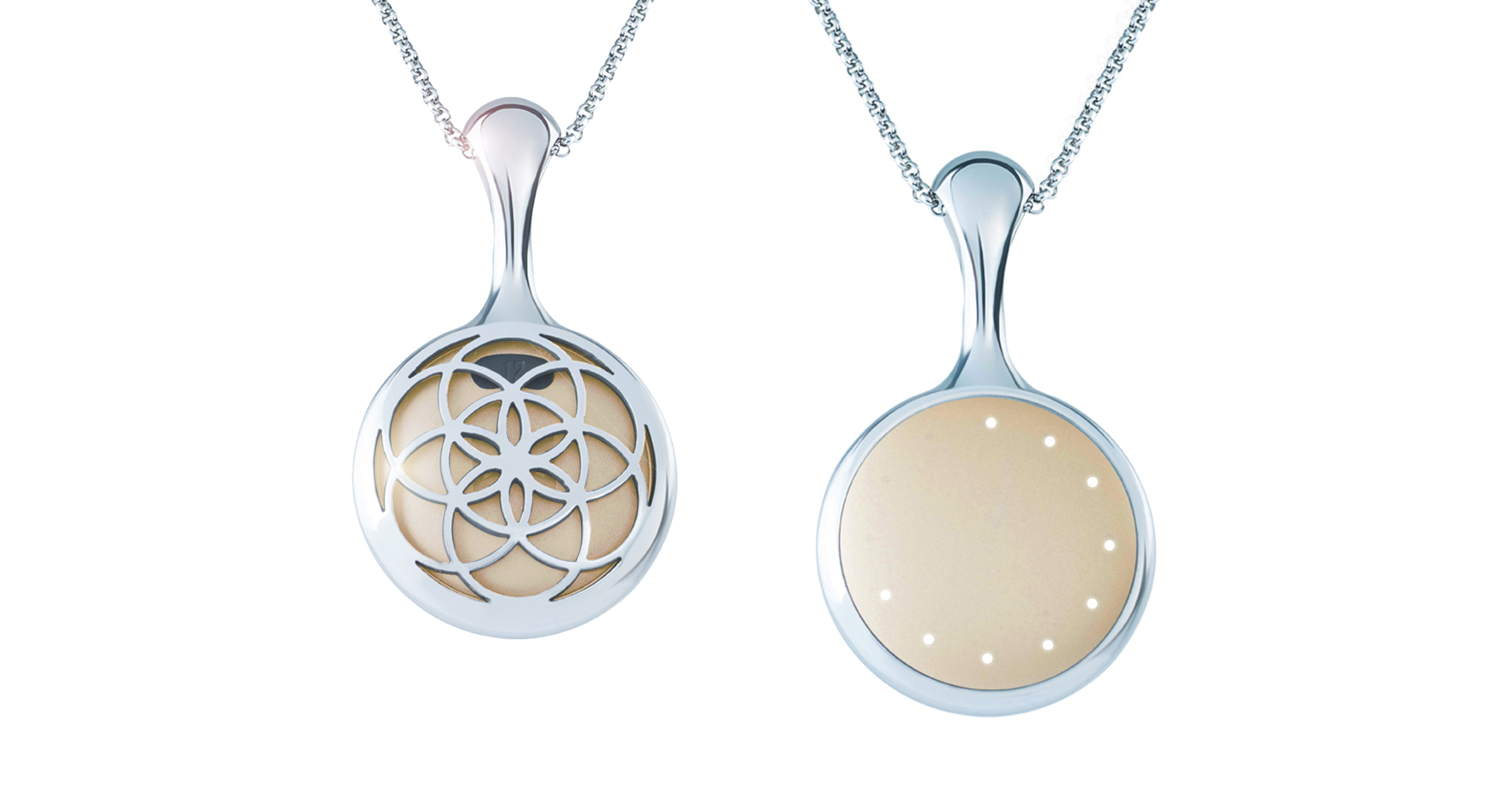
Wearables become beautiful (just in time for Mother’s Day)
The Misfit Bloom is a stylish pendant with the same health sensing technology as a fitness band. A Shine sensor, originally crowdfunded on Indiegogo, is seamlessly integrated into the necklace, providing continuous monitoring of a user’s steps, calories and sleep. As health monitoring becomes ubiquitous, ApplySci believes that the number of fashion forward wearable devices will steadily…
-

Tooth stem cells become brain-like cells; potential stroke treatment
University of Adelaide researchers have grown brain-resembling cells from stem cells taken from teeth, potentially impacting stroke therapies. According to Kylie Ellis, lead author of the study, “What we developed wasn’t identical to normal neurons, but the new cells shared very similar properties to neurons. They also formed complex networks and communicated through simple electrical…
-
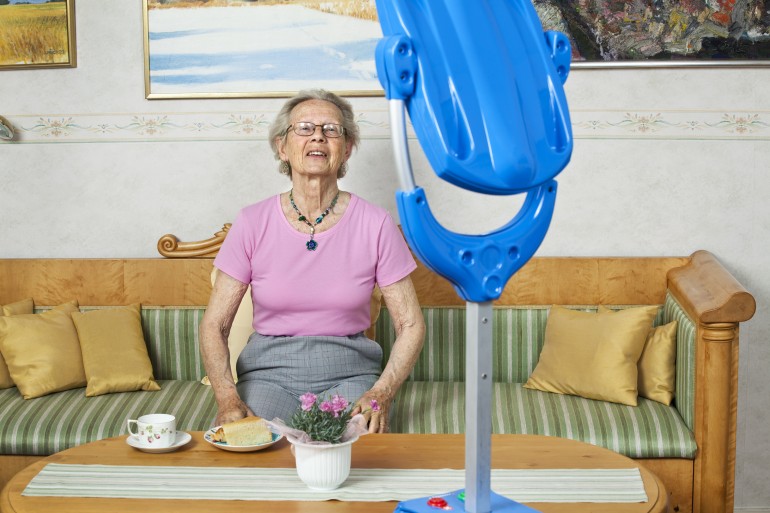
Robot and sensor system for seniors
GiraffPlus is an integrated sensor and robot system aimed at keeping seniors healthy and independent in their own homes. It is being developed by a consortium of European universities. The robot uses a Skype-like interface to allow caregivers to virtually visit seniors. Sensors on the ceiling, doors, and under the mattress help the system understand where the person…
-
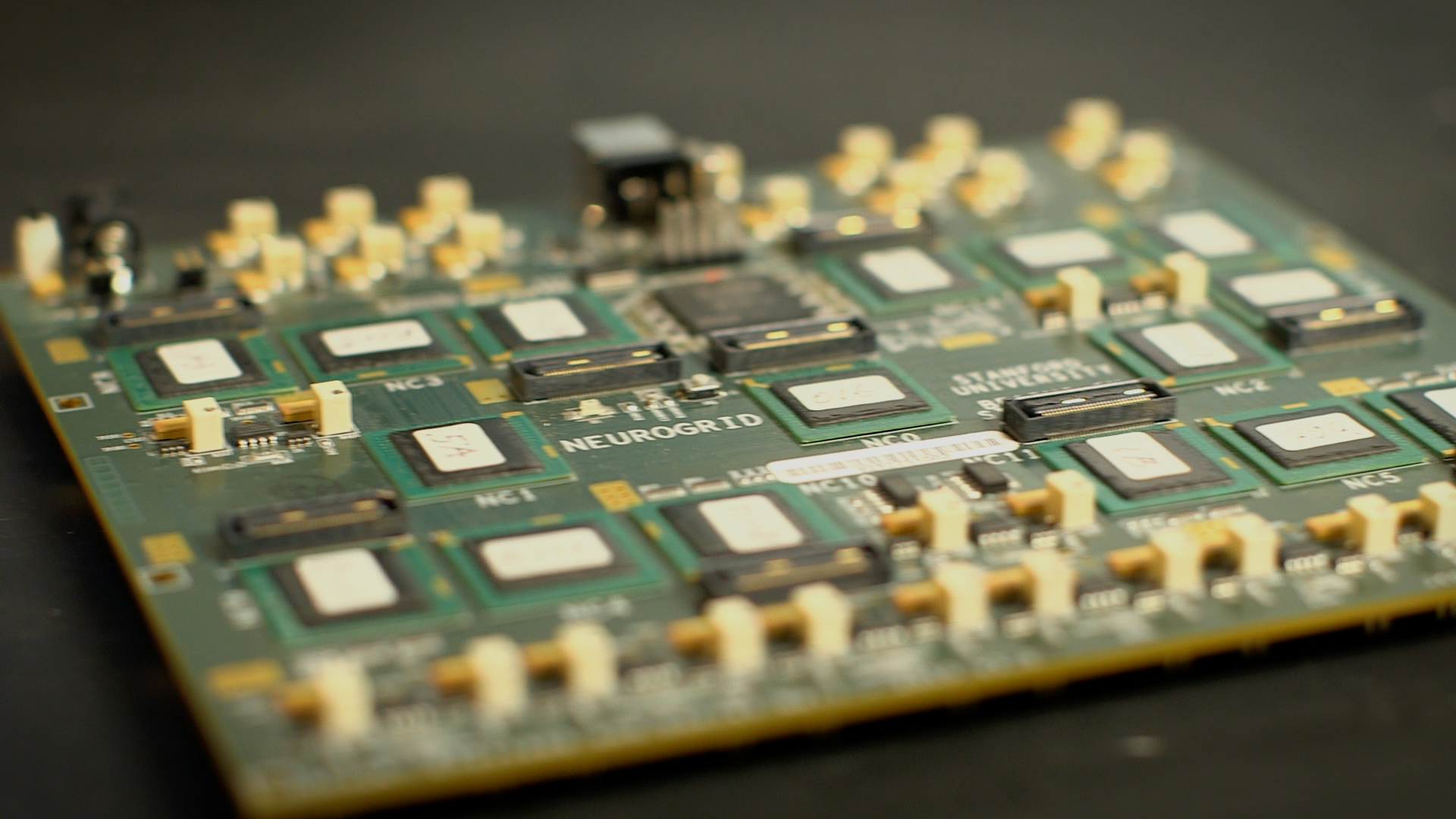
“Brain modeled” chip with prosthetic potential
Neurogrid is a “human brain based” microchip that is 9,000 times faster than and requires 1/40,000 the power of a typical pc. It is being developed by Professor Kwabena Boahen at Stanford University. The circuit board consists of 16 custom-designed “Neurocore” chips which can simulate 1 million neurons and billions of synaptic connections. Certain synapses were enabled…
Got any book recommendations?